Autonomous Vehicle Technology
Autonomous cars operate on different levels of autonomy, from Level 0 (fully human-driven) to Level 5 (fully autonomous). They use a combination of sensors, cameras, radar, and lidar to perceive their environment. GPS, mapping, and localization help the car navigate, while V2X communication allows vehicles to interact with each other and infrastructure.
The levels of autonomy are:
- Level 0: Fully human-driven
- Level 1: Introduces features like adaptive cruise control
- Level 2: Allows the car to steer or accelerate on its own under supervision
- Level 3: Cars can drive themselves in certain conditions but may require human intervention
- Level 4: Vehicles are nearly independent within specific areas
- Level 5: Full autonomy without human input
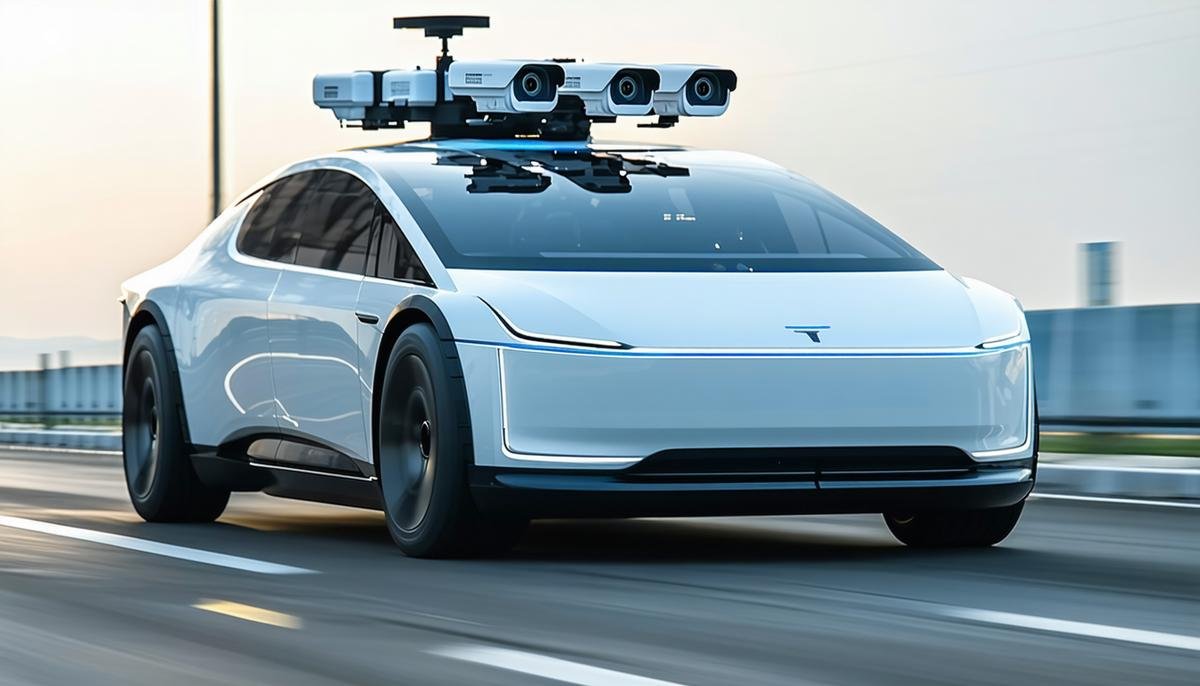
Machine Learning in Autonomous Vehicles
Machine learning enhances autonomous vehicles' perception and decision-making capabilities. Computer vision enables cars to detect and recognize objects, improving their ability to interpret visual surroundings and anticipate potential hazards. Natural language processing allows for voice commands, while predictive analytics optimizes routes based on real-time conditions.
These technologies work together to create vehicles that not only see and drive but also learn and adapt to their environment, continually improving their performance and safety.
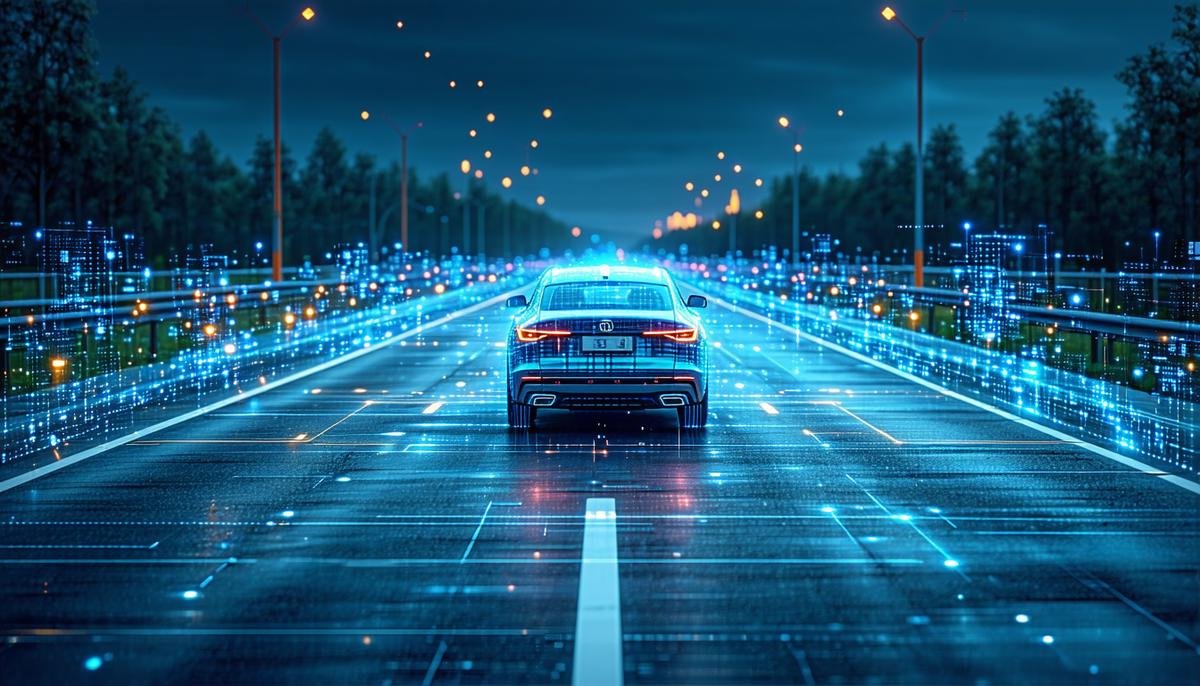
Advantages and Challenges of Autonomous Vehicles
Autonomous vehicles offer numerous benefits, including:
- Improved road safety
- Reduced emissions
- Potentially decreased traffic congestion
By minimizing human error, they could significantly reduce accidents and save lives.
However, challenges remain:
- Technical hurdles in perfecting sensor robustness and addressing edge cases
- Developing and harmonizing regulatory frameworks across jurisdictions
- Addressing public acceptance concerns about safety and reliability
- Overcoming cybersecurity and privacy issues as vehicles become more connected
Despite these obstacles, the potential advantages of autonomous vehicles make them a promising technology for the future of transportation.
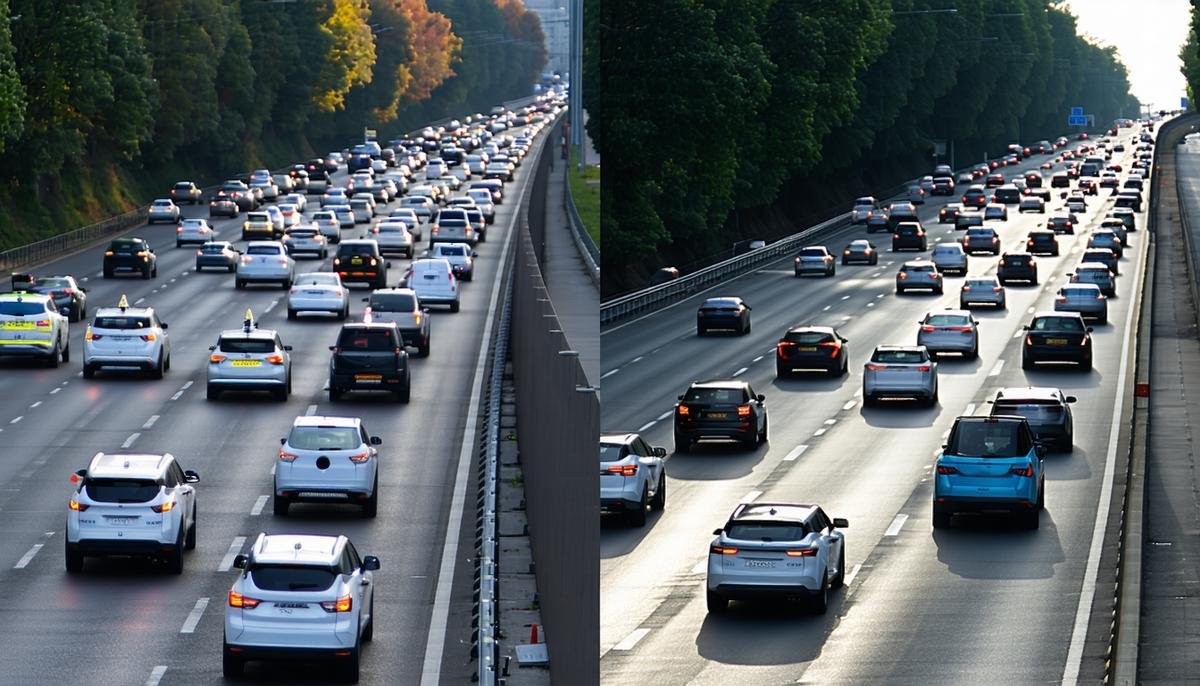
Real-World Applications and Case Studies
Autonomous vehicles are already being implemented in various sectors:
- Autonomous taxis: Companies like Waymo and Cruise are testing driverless cab services in cities.
- Self-driving trucks: Firms such as TuSimple are using autonomous trucks for long-haul logistics, aiming to improve efficiency and reduce fuel consumption.
- Public transportation: Cities are experimenting with self-driving buses and shuttles to enhance service reliability and reduce operational costs.
These applications demonstrate the potential of autonomous technology to transform logistics, urban mobility, and consumer experiences in transportation.
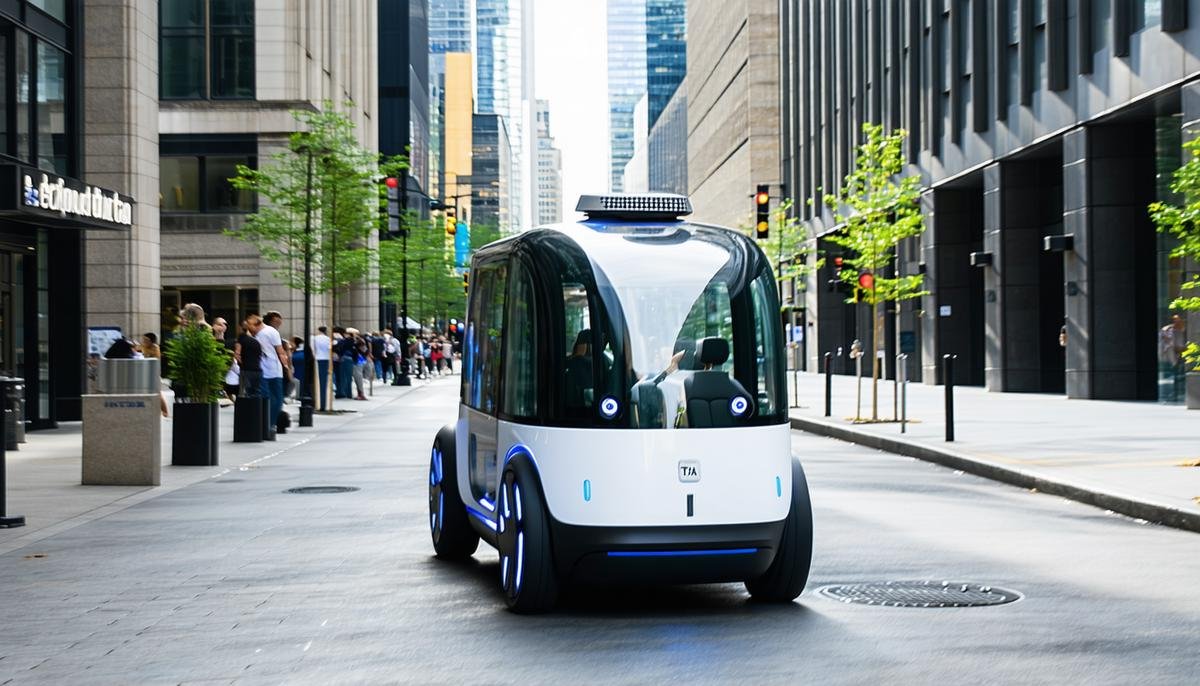
Future Trends in Autonomous Vehicle Technology
Emerging trends in autonomous vehicle technology include:
- 5G integration for Vehicle-to-Everything (V2X) communication, enabling faster data exchange between vehicles, infrastructure, and other road users.
- Advanced human-machine interfaces, including gesture controls and intuitive touchscreens, to improve user experience and accessibility.
- Autonomous drone delivery and air taxis, expanding the concept of autonomous transport beyond ground vehicles.
These developments promise to further revolutionize transportation, potentially reshaping urban landscapes and creating new opportunities for mobility and logistics.
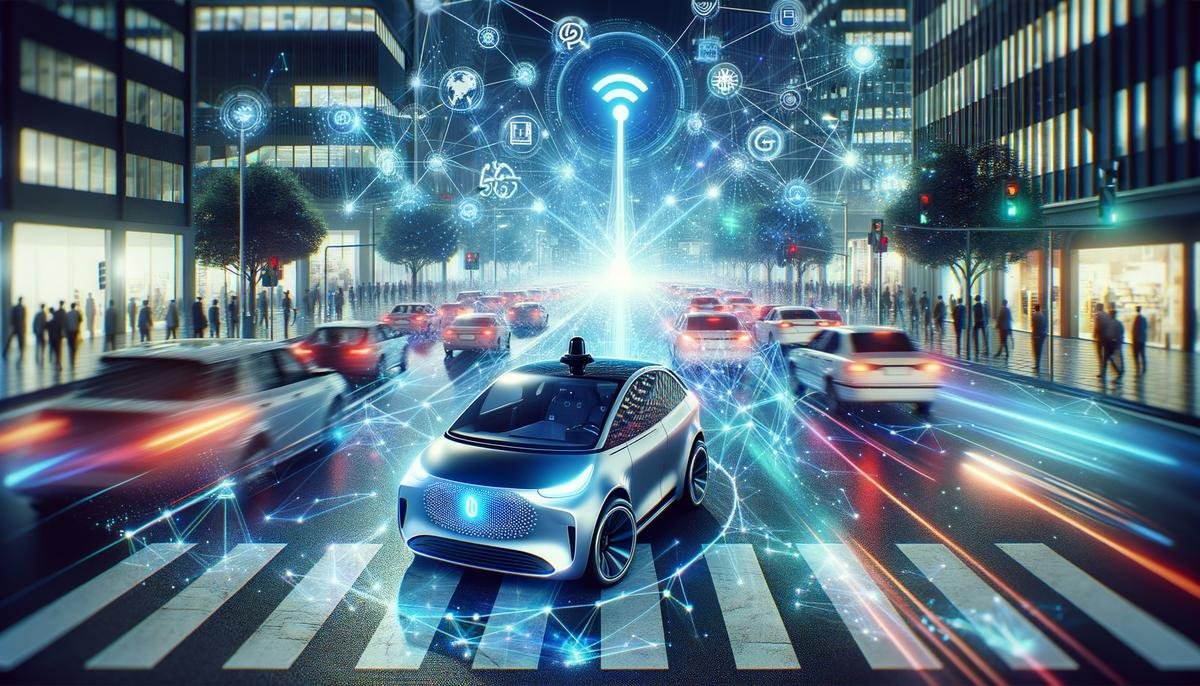
The integration of autonomous vehicles into our daily lives represents a significant shift in transportation, offering potential improvements in safety, efficiency, and connectivity. While challenges remain, the ongoing development of this technology continues to push the boundaries of what's possible in modern transportation.
"The very nature of transportation is being transformed by autonomous machines and artificial intelligence by adding security, enhancing activities, and transforming transport that was a dream at some point in time."
- Society of Automotive Engineers. Taxonomy and Definitions for Terms Related to Driving Automation Systems for On-Road Motor Vehicles. SAE International; 2018.
- National Highway Traffic Safety Administration. Automated Vehicles for Safety. U.S. Department of Transportation; 2021.
- McKinsey & Company. Autonomous driving's future: Convenient and connected. McKinsey & Company; 2021.



